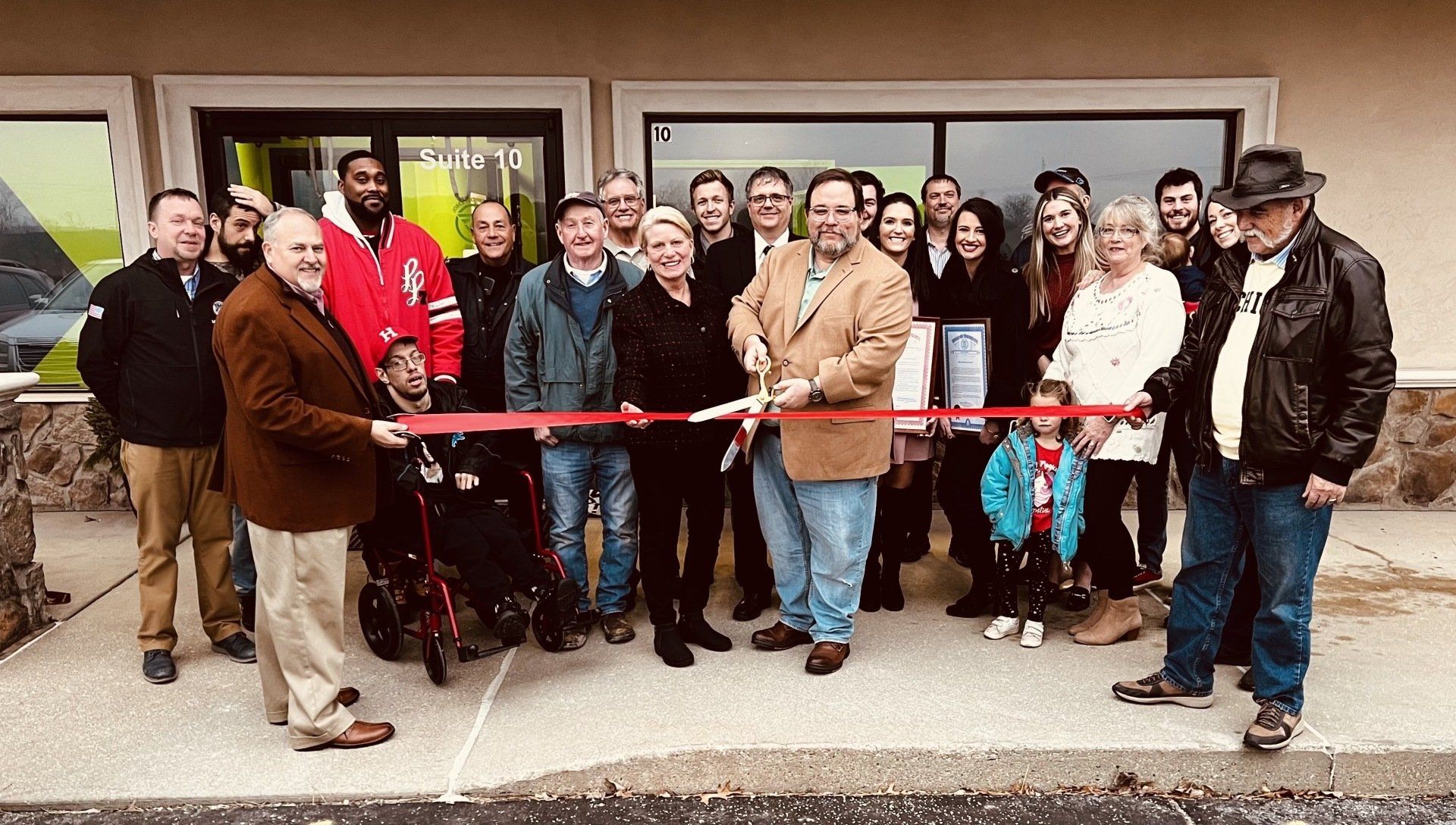You are NOT a software engineer
William Jobes • March 2, 2020
You are NOT a Software Engineer!By Chris Aitchison - May 3rd, 2011 - posted in agile
You are not a Software Engineer. You do not build skyscrapers. You do not build bridges.
You grow gardens.
You are a Software Gardener.
Do you try to plan your gardens in such detail that you know where each leaf will be positioned before you plant a single seed? Do people expect estimates (or are they promises in your organization?) on exactly how many flowers will have bloomed in one years time? Do you have a bonus tied to that? Things that would be perfectly reasonable to plan for a skyscraper seem a little ridiculous when you are talking about a garden.
You probably have a good idea of what your garden should look like a week into the future. You might even have a rough idea of the shape you expect it to be in a year from now. But you have no idea of where each branch, leaf, stem and flower will be a year from now, and if you say you do then you’re really only guessing.
If you were building a bridge or a skyscraper and you told me, before you began, that you knew exactly how it would look when it was finished – I would believe you. If you told me that you knew to some insane degree of accuracy how long it would take to get to ‘finished’ – I would believe you again. That’s how Engineers roll. Tell me the same thing about your garden and I’m gonna call bullshit. Tell me you are going to make it grow faster by hiring more gardeners and I’m gonna laugh at you.
So why do so many gardens fail, yet so many skyscrapers succeed? With a few exceptions, the technique for building a skyscraper is similar whether you are in Europe or you are in Singapore. Gardens do not work that way. Every garden is different because the environment it is in is different. Even gardens that are within throwing distance of each other can have wildly different soil. That is why the lowest bidder can probably build the same bridge as the highest bidder, but your company can’t grow the calibre of gardens that Google can grow.
Remember that time when someone in your company unsuccessfully used an Agile gardening methodology, and then went around saying that it was horse shit that doesn’t work? Well horse shit does grow gardens, it just wasn’t enough to save your garden. Your garden was probably dead before it started – a victim of the climate of your organization. Were you trying to grow a rainforest in the desert? You can’t just plant the same plants as Facebook, Flickr or Twitter and expect them to take root regardless of the quality of your gardeners or the climate of your organization.
Unlike a skyscraper, your garden will grow weeds. It will never be ‘finished’. Just because you stop spending money on it doesn’t mean it is finished. If you stop weeding your garden the weeds will eventually smother it, and soon a re-plant will look easier than a pruning. The environment around your garden will also always be changing, and a neglected garden will become harder and harder to keep alive.
In most countries, Engineers need a license to build a bridge. Gardeners have no such government-mandated quality control.
Unfortunately, the quality of your gardeners is going to have a bigger influence on your gardens success than any other factor – so you’d better be good at picking the wheat from the chaff. Only an experienced gardener really knows another good gardener when they see them. Someone who has merely managed gardening projects will have no idea what they should be looking for (though they won’t know this).
So if you are not a gardener, but need to recruit good gardeners, then quickly find an experienced gardener you trust to vet your candidates. You can’t learn gardening in a classroom, so remember to focus on gardens your candidates have grown before, rather than how much gardening theory they learned at school (which nearly always won’t be applicable to the climate you are growing in anyway).
The engineering metaphor has had its time in the sun, and maybe it even used to be accurate, but now it really only serves to help non-technical people have unrealistic expectations about how software gets built.
I am a Software Gardener.
So are you.

Law Offices around the country are being flooded with notice intake forms. This has led to large backlogs with important notices being delayed and increases in rework. How do attorneys scale to handle this influx of business? By implementing automation for notice intake forms, we open your business to downstream automation.

Looking for a way to reduce the time and effort it takes to complete time-consuming and repetitive frustrated tasks? At the heart of these improvements are cutting-edge technologies such as robotic process automation (RPA), a process automation technology that can free up employees to focus on higher-value work by automating routine business processes and workflows using software robots.

Automation is now changing how organizations operate using advances in technology to optimize processes, personalize customer experiences and enhance decision making. One way to do this is by utilizing automation tools and applying them to existing workflows that are typically manual or paper based.

Automation can be described as utilizing technology to not only digitize, but also automate document-centric workflows managing your enterprise's content from creation to storage. Upon intake or creation, records are stored securely so they can be easily referenced by those who need them and impossible to reach by those without access. ..









